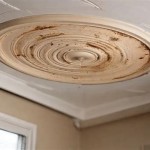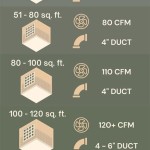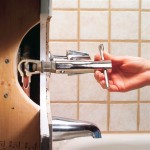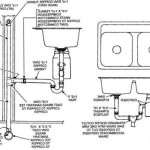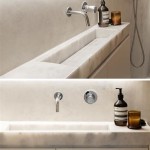How to Remove Mould from Bathroom Ceiling
Mould is a common problem in bathrooms, as the moist and warm environment is ideal for its growth. If left untreated, mould can cause a variety of health problems, including respiratory problems, skin irritation, and allergies. It can also damage the bathroom ceiling, leading to costly repairs.
There are a few essential aspects to consider when removing mould from a bathroom ceiling. These include:
- Identifying the type of mould
- Choosing the right cleaning solution
- Protecting yourself from exposure to mould
- Removing the mould
- Preventing mould from returning
In this article, we will discuss each of these aspects in detail, providing you with the information you need to safely and effectively remove mould from your bathroom ceiling.
Identifying the Type of Mould
There are many different types of mould, each with its own unique characteristics. Some of the most common types of mould found in bathrooms include:
- Cladosporium
- Aspergillus
- Penicillium
- Mucor
It is important to identify the type of mould you are dealing with before you begin cleaning, as some types of mould can be more difficult to remove than others. You can usually identify the type of mould by its colour and texture. For example, Cladosporium is typically green or black and has a slimy texture, while Aspergillus is usually white or yellow and has a powdery texture.
Choosing the Right Cleaning Solution
Once you have identified the type of mould you are dealing with, you can choose the right cleaning solution. There are a variety of different cleaning solutions available, including:
- Bleach
- Vinegar
- Baking soda
- Commercial mould removers
Bleach is a powerful cleaning solution that can kill mould quickly and effectively. However, it is important to use bleach in a well-ventilated area, as it can release harmful fumes. Vinegar is a natural cleaning solution that is also effective at killing mould. It is less harsh than bleach, making it a good choice for cleaning surfaces that are sensitive to bleach. Baking soda is a mild cleaning solution that can be used to remove mould from porous surfaces. Commercial mould removers are also available, which are specifically designed to kill mould and prevent it from returning.
Protecting Yourself from Exposure to Mould
It is important to protect yourself from exposure to mould when cleaning a mouldy bathroom ceiling. Mould can release spores into the air, which can be harmful if inhaled. To protect yourself from exposure to mould, you should wear a face mask and gloves. You should also open the windows to ventilate the area.
Removing the Mould
Once you have protected yourself from exposure to mould, you can begin removing the mould from the bathroom ceiling. The best way to remove mould is to use a soft brush or sponge to scrub the mould away. You may need to use a cleaning solution to help remove the mould. Once you have removed the mould, rinse the area with water and dry it thoroughly.
Preventing Mould from Returning
Once you have removed the mould from the bathroom ceiling, you should take steps to prevent it from returning. The best way to prevent mould from returning is to keep the bathroom dry and well-ventilated. You should also regularly clean the bathroom, especially the areas that are prone to mould growth. If you have a problem with mould, you may need to use a dehumidifier to remove moisture from the air.

Bathroom Ceiling Mold Removal When To Clean Call Branch Environmental

How To Remove Black Mold From A Bathroom Ceiling

Cleaning Mold From Bathroom Ceilings Like A Pro Lovetoknow

Cleaning Mrs Hinch Fans Share Tips To Remove Ceiling Mould Express Co

Don T Let Mould Take Over How To Remove It From Your Ceiling

What Is The Best Way To Remove Mold From Bathroom Ceiling

Mold On Bathroom Ceiling How To Clean Off

Remove Bathroom Mould From Your Ceiling

Easy Way To Clean Mould Off Walls Ceilings Curtain Magic Remover

Black Spots On The Bathroom Ceiling Flood Water Damage Honolulu Oahu Hawaii Md Restoration
Related Posts
